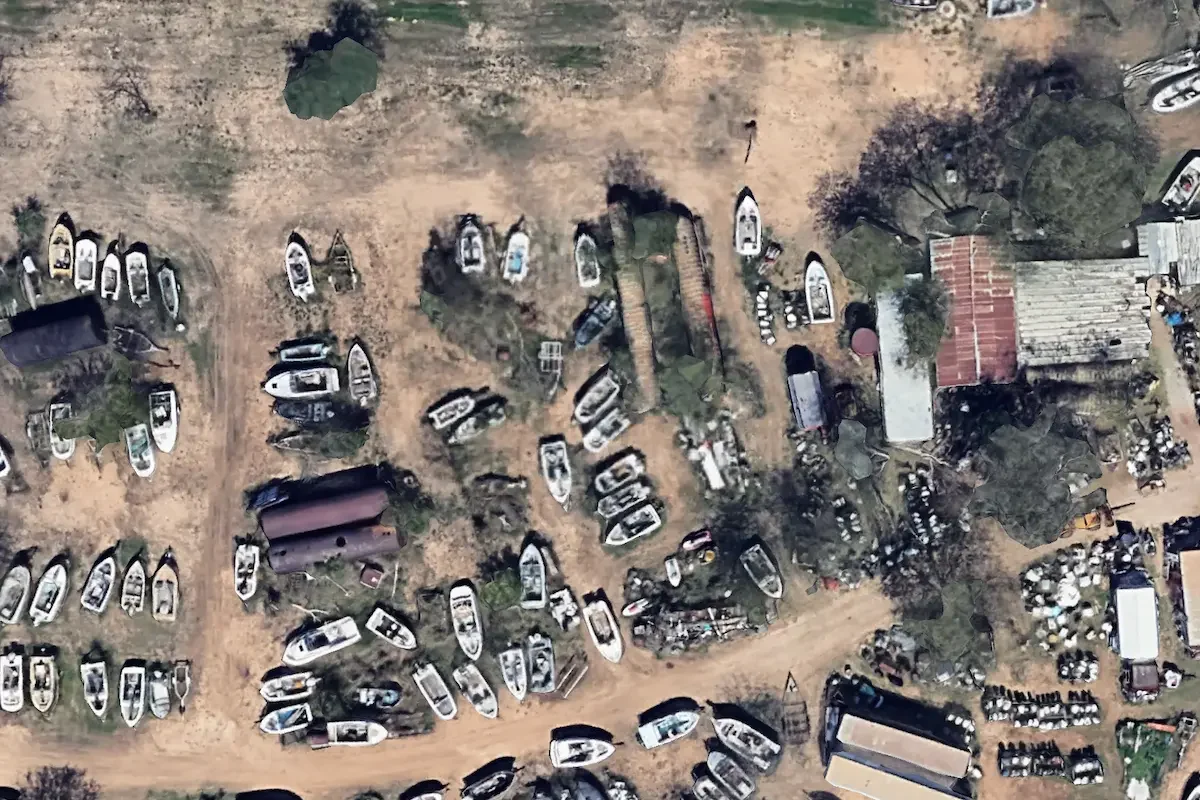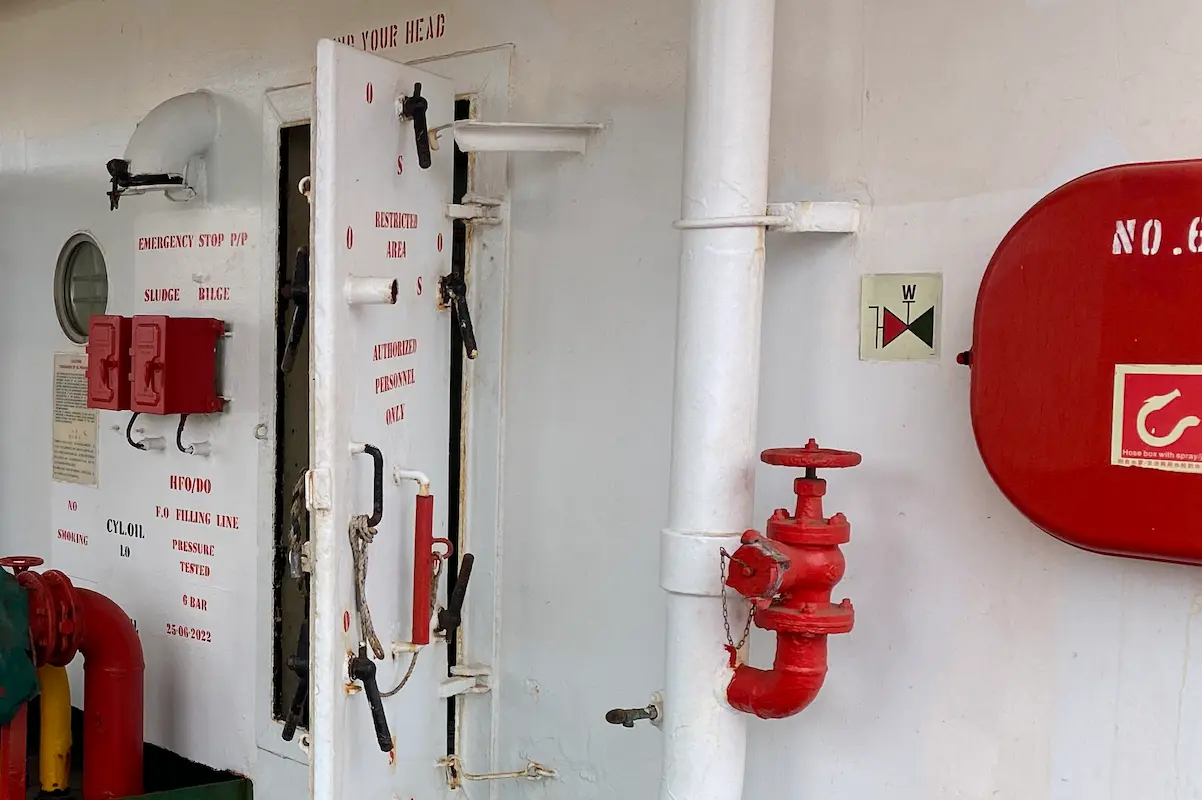Asylum Harbor” in the context of seamanship refers to a harbor or port that offers shelter and protection to ships and boats from storms, rough weather, or other maritime dangers. It serves as a safe haven or place of refuge where vessels can anchor or dock to avoid adverse conditions at sea.
These harbors are strategically located and designed to provide calm waters and protection from the wind and waves, ensuring safety for the vessels and their crews until conditions improve and they can safely resume their journey.
Asylum harbors play a critical role in maritime navigation, especially in regions prone to severe weather, by offering a secure environment for maritime operations and emergency shelter for vessels in distress.
The term “Asylum Harbor” might not refer to specific harbors named “Asylum Harbor” in a literal sense but rather to the concept of harbors or ports that serve as places of refuge for ships during adverse weather conditions or emergencies.
What is The Difference Between Asylum Harbor and Place of Refuge?
The terms “Asylum Harbor” and “Place of Refuge” are closely related and often used interchangeably in the context of maritime safety and navigation, but there can be subtle differences in their connotations and specific uses:
- Asylum Harbor typically refers to a harbor, port, or marina specifically designed or naturally suited to provide shelter and safety to vessels during adverse weather conditions, such as storms, high winds, or rough seas. It emphasizes the aspect of a physical location offering protection from natural elements.
- Place of Refuge, on the other hand, has a broader meaning and can refer to any location, not limited to harbors or ports, where a vessel can find safety from not only bad weather but also from other threats or emergencies at sea. This term is also used in legal and international maritime contexts to denote places where ships in need of assistance, due to issues like mechanical failure, medical emergencies, or security threats, can go to receive help. It encompasses both the natural shelter aspect and the provision of assistance or services necessary for the safety and security of the vessel and its crew.
In international maritime law, the concept of a “place of refuge” is particularly important. Regulations and guidelines, such as those provided by the International Maritime Organization (IMO), address the need for member states to designate places of refuge for vessels in distress, ensuring that ships have somewhere to go to prevent the loss of life and minimize environmental damage.
So, while “Asylum Harbor” is more specifically about physical shelter from natural elements, “Place of Refuge” is a broader term that includes any safe location for vessels in distress, covering a wider range of needs beyond just protection from the weather.
What Are Examples of Asylum Harbor?
Here are a few examples in major regions that are known for their capacity to offer shelter and safety to maritime traffic:
United States
- Safe Harbor, Florida – While not specifically named “Asylum Harbor,” Safe Harbor in Florida serves a similar purpose, providing shelter to boats and ships during storms.
- San Francisco Bay, California – The bay and its marinas offer considerable protection from the Pacific Ocean’s rough conditions, serving as a safe haven for ships.
- Chesapeake Bay, Maryland/Virginia – One of the largest natural harbors in the world, it provides extensive sheltered waters for vessels seeking refuge from the Atlantic Ocean’s adverse conditions.
Europe
- The Solent, United Kingdom – Situated between the Isle of Wight and mainland England, the Solent offers sheltered waters for vessels, acting as a safe harbor during rough weather.
- Port of Rotterdam, Netherlands – One of the largest and busiest ports in the world, Rotterdam provides safe anchorage and shelter for ships in the North Sea facing bad weather.
- Bay of Biscay Harbors, Spain/France – Ports along the coast of the Bay of Biscay, such as Bilbao in Spain and Brest in France, offer refuge from the notoriously rough waters of the bay.
Asia
- Port of Singapore, Singapore – As one of the busiest and most advanced ports in the world, the Port of Singapore offers extensive facilities and shelter for ships facing rough sea conditions in Southeast Asia.
- Victoria Harbour, Hong Kong – Known for its deep, sheltered waters, Victoria Harbour serves as a safe haven for international vessels navigating through the South China Sea.
- Yokohama Port, Japan – Located near Tokyo, Yokohama Port is equipped to provide refuge and safety to ships during the Pacific typhoon season.
Africa
- Port of Durban, South Africa – The largest and busiest port in sub-Saharan Africa, Durban provides sheltered docking facilities for vessels along the Indian Ocean coast.
- Port of Alexandria, Egypt – Situated on the Mediterranean Sea, Alexandria is one of the oldest ports in the world, offering safe harbor from the sometimes rough Mediterranean weather.
- Port of Lagos, Nigeria – As the major port of Nigeria on the Gulf of Guinea, Lagos offers protection for ships in the Atlantic Ocean, especially during the rainy season.
Oceania
- Sydney Harbour, Australia – Known for its deep waters and natural protection, Sydney Harbour provides a safe anchorage for ships in the South Pacific.
- Port of Auckland, New Zealand – Auckland’s ports offer sheltered waters for vessels navigating the Pacific Ocean, especially during the Southern Hemisphere’s storm season.
- Port Vila, Vanuatu – Located in the South Pacific, Port Vila is well-known for its ability to offer refuge to vessels during cyclones and tropical storms.
South America
- Port of Santos, Brazil – The largest port in Latin America, located close to São Paulo, the Port of Santos offers extensive facilities and shelter for ships facing the Atlantic Ocean’s challenging conditions.
- Port of Valparaíso, Chile – Situated on the Pacific coast, Valparaíso serves as a major stopover and refuge point for ships navigating along the western coastline of South America, providing protection from the Pacific’s rough seas.
- Port of Buenos Aires, Argentina – As the principal maritime port in Argentina, located on the estuary of the Río de la Plata, it offers a natural shelter for vessels coming from the Atlantic Ocean.
- Port of Cartagena, Colombia – Known for its historical significance and strategic location on the Caribbean coast, Cartagena provides safe anchorage and protection from tropical storms for ships in the Caribbean Sea.
- Port of Guayaquil, Ecuador – Being the largest and busiest port in Ecuador, located on the western bank of the Guayas River, it offers shelter for vessels navigating the Pacific coastline of South America.
- Punta Arenas, Chile – Situated on the Strait of Magellan in southern Chile, Punta Arenas is a critical refuge for ships navigating the treacherous waters around the southern tip of South America, providing safe harbor from the harsh weather conditions of the Southern Ocean.



